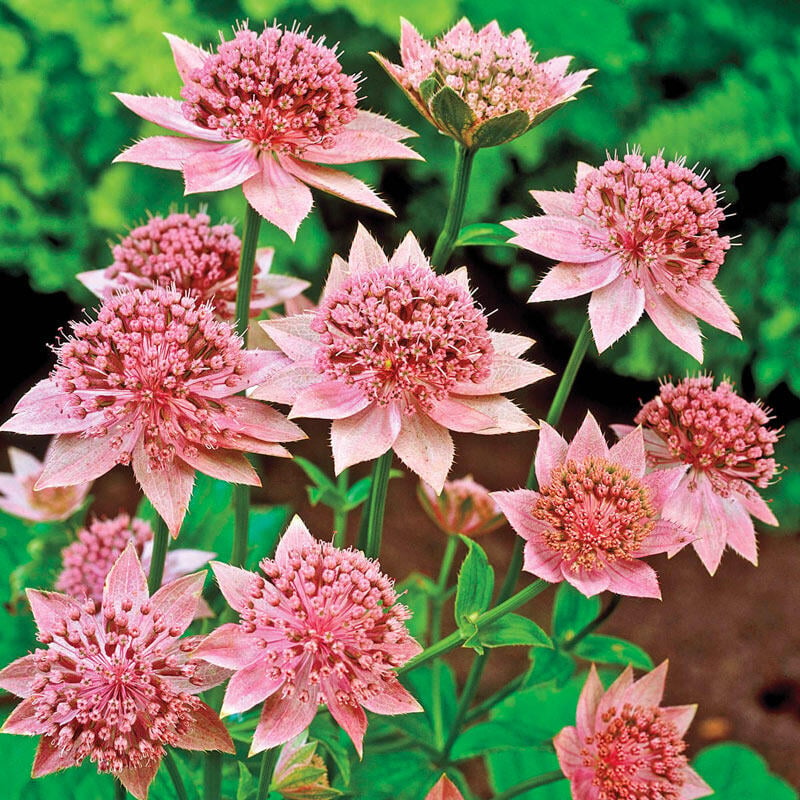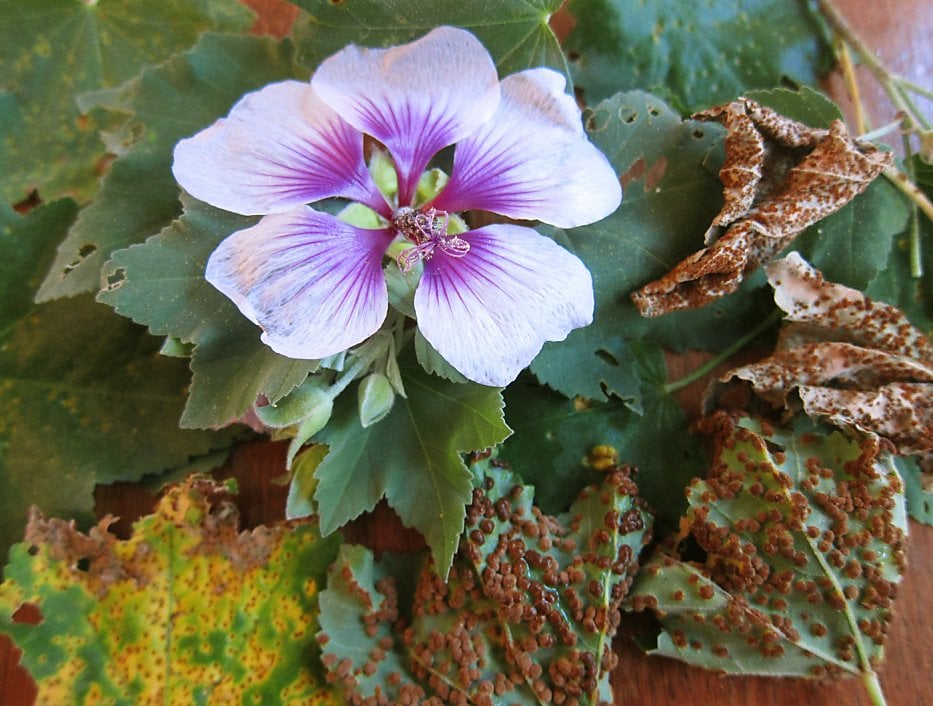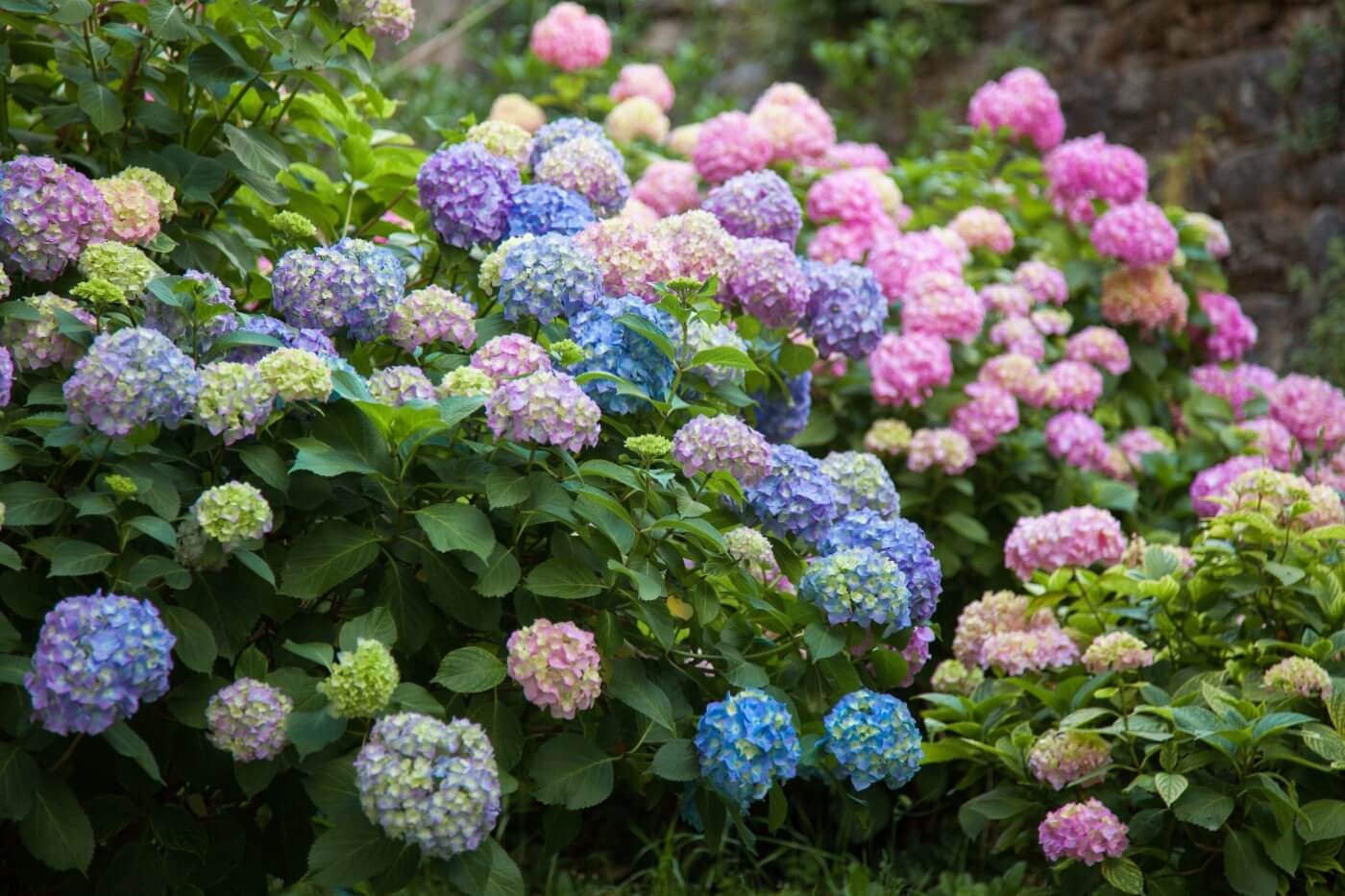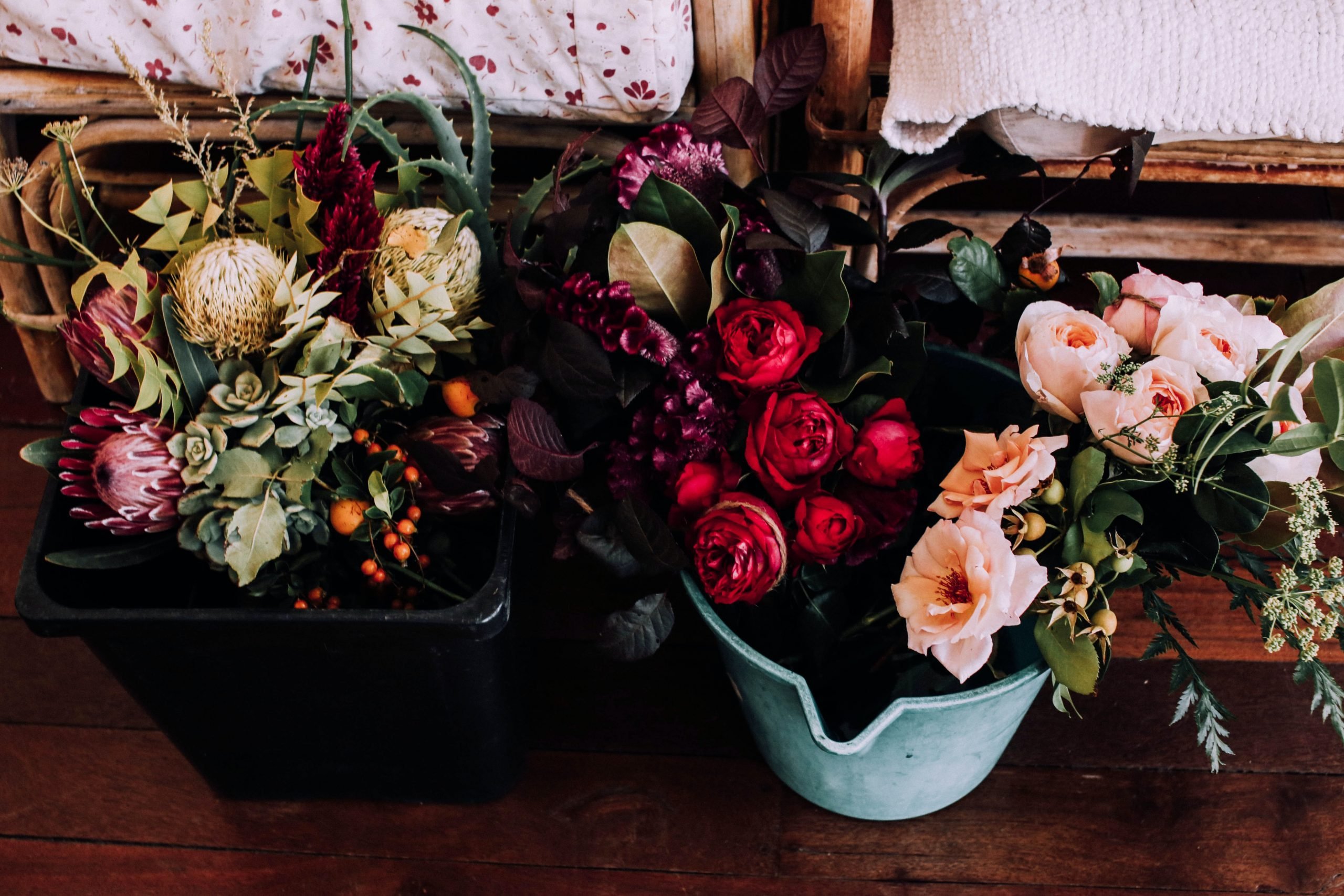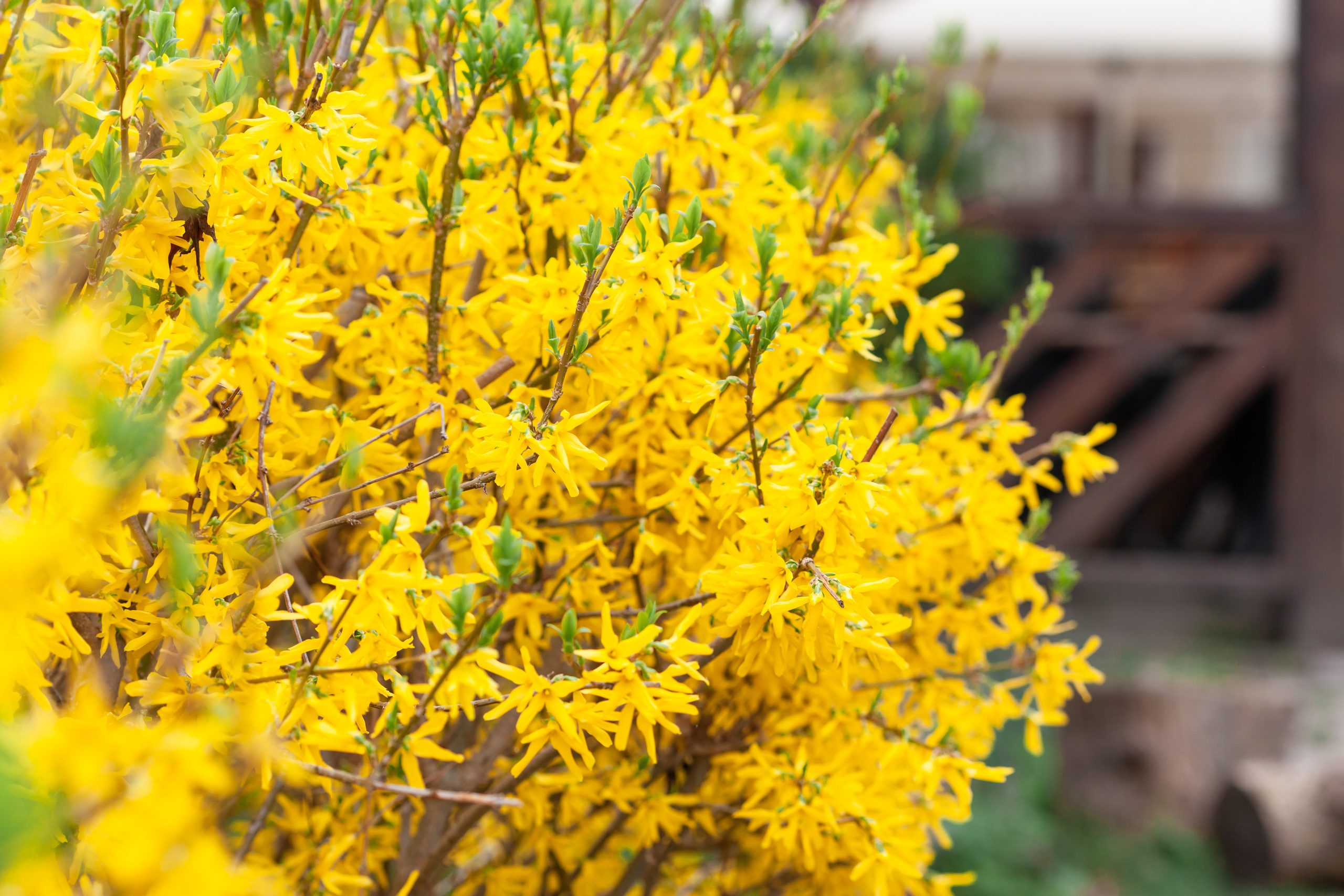How to Easily Grow Beetroot in Pots and Containers
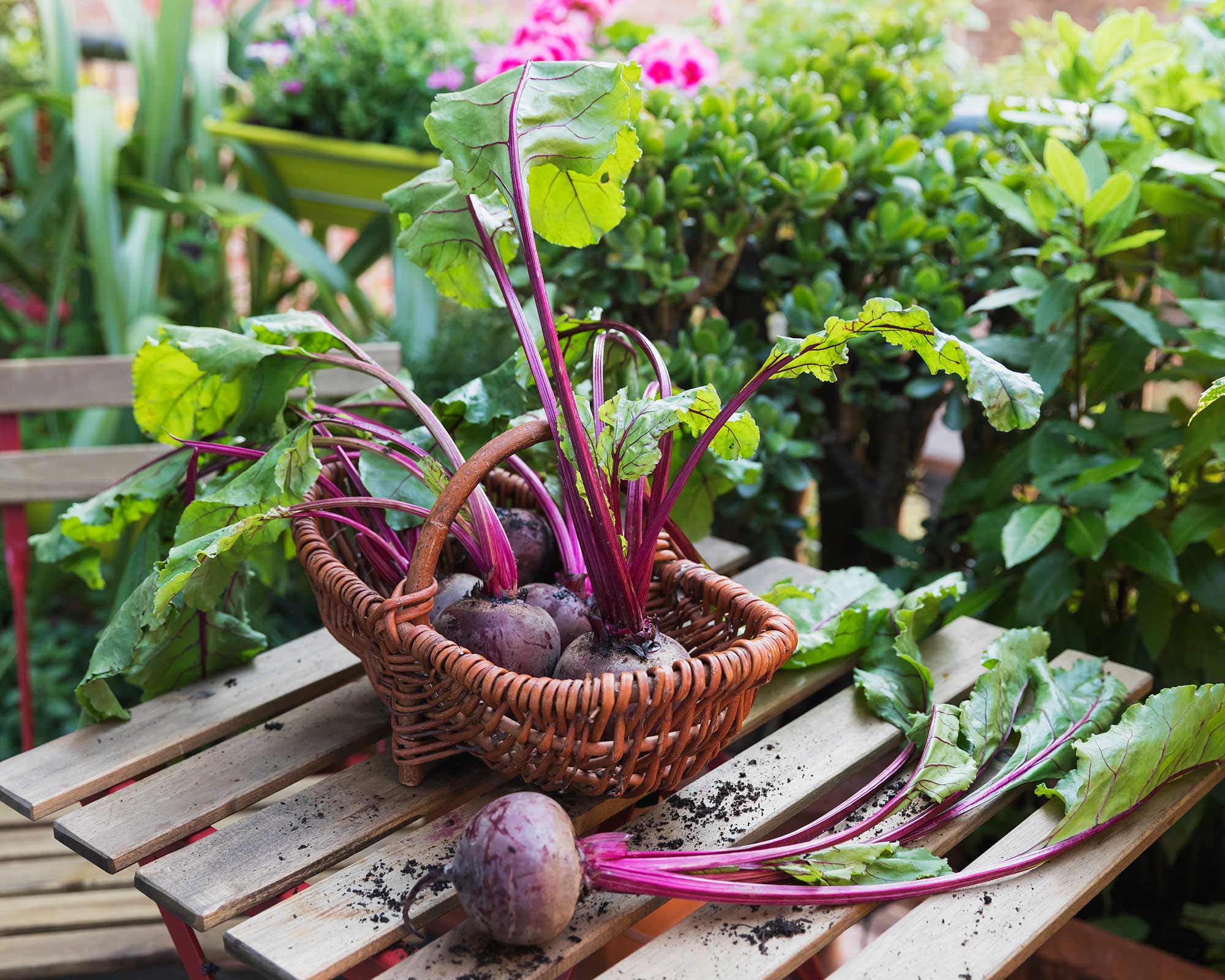
Table of Contents
Beetroots, botanically named ‘Beta Vulgaris,’ are the fastest-growing vegetable that can be grown anywhere. Most gardeners prefer growing them in their yards. All the parts of the beet plants are edible, even though beets are a root crop. Usually, these abundantly grown vegetables are red, but you can come across its golden and striped varieties in the UK.
They are a cool season vegetable crop, so you might get benefited from this planted crop in early spring as well as in summer or fall. However, most of the varieties are ready to harvest just after two months of planting. But what about growing beetroots in pots? Yes, you heard it right. Beetroots can be easily grown in pots but with proper nutrients and growing conditions.
So to make that happen, we will cover how to grow beetroots in pots, take proper care of them, and protect them from common pests in this article. Just scroll down to learn more!
How to Grow Beetroot In Containers?
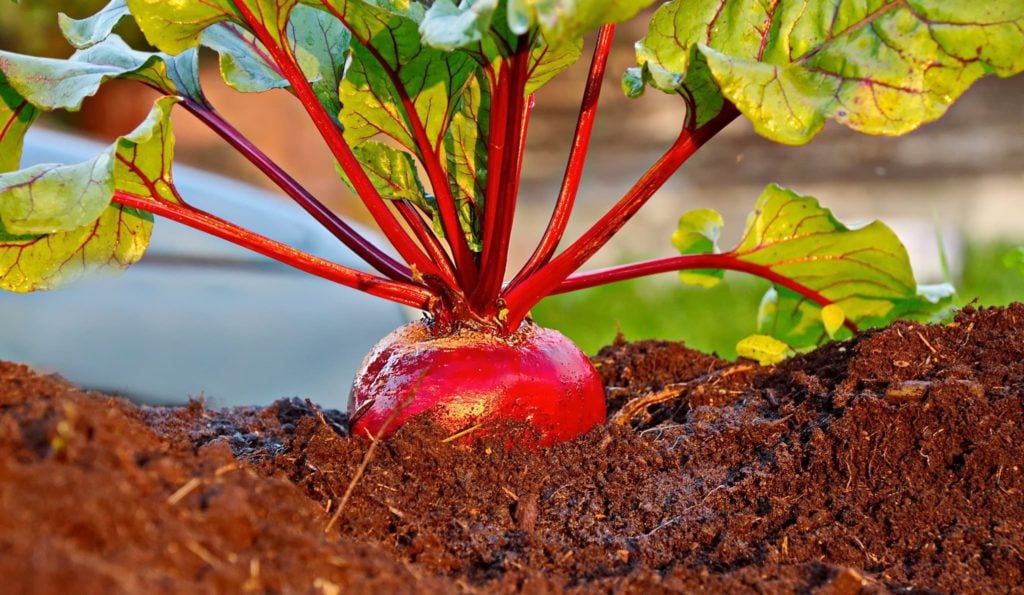
Beetroots are good for container gardening because of their compact growth habit. And it is also possible to grow beetroots in a container if you do not have the right soil conditions or space to grow them in a garden.
Let’s discuss how to grow them in pots:
- First of all, when you are planning to grow beetroots in a container, pick a variety that you want to plant.
- Then choose a pot with a minimum depth of 6 inches.
- After that, fill the pot with organic matter like compost. Beetroots like well-draining soil, so make the pH level is maintained between 6.5-7.
- And then, when the temperatures are between 50-80 degrees Fahrenheit, propagate the seed. However, germination will still occur at this temperature.
- Then you can plant the seeds 3/4 of an inch deep in the pot.
- Lastly, seedlings will appear within 5-8 days. But ensure to thin the seedlings when they are 4-5 inches tall.
- The seedling is ready to be consumed but does not pull them from the pot; it will damage the roots.
Caring Tips for Beetroot Plant
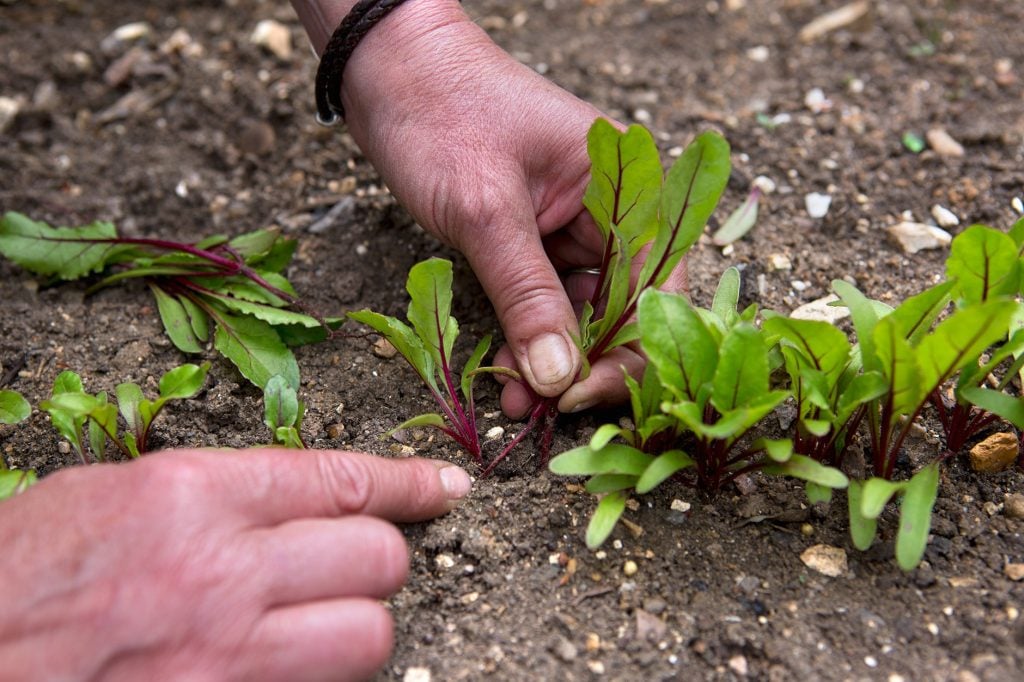
If you are growing beetroots in pots, you must take proper care of it. Below are some of the caring tips listed:
- Watering It is a Prudent Way: Ensure you provide at least 1 inch of water weekly. Also, mulching can help; it will prevent the soil from drying out early and getting too warm.
- Provide Proper Sunlight: Always prefer full sun while growing beetroots. At least six hours of direct sunlight will help them to grow better.
- Soil Requirement: For best results, choose soil that is rich, light, and well-drained with a slightly acidic to neutral pH level. Remove all the rocks, clay, and weeds interrupting root development. Moreover, you can provide boron using compost or seaweed extracts as a perfect soil amendment.
- Apply Fertilizer: If your soil is deficient in organic matter, then give supplemental feeding just after the two weeks of beetroot development. You can also apply vegetable fertilizer; it works well, but follow the labeled instructions.
- Temperature & Humidity: Beetroots cannot tolerate cool temperatures, but a light frost can be manageable. The ideal temperature to grow beetroot is 50 – 85 degrees Fahrenheit. Also, as long as proper soil condition is maintained, humidity won’t be an issue.
Different Types of Beetroots
Below are the different varieties of beetroots mentioned that thrive well in pots.
1. Chioggia
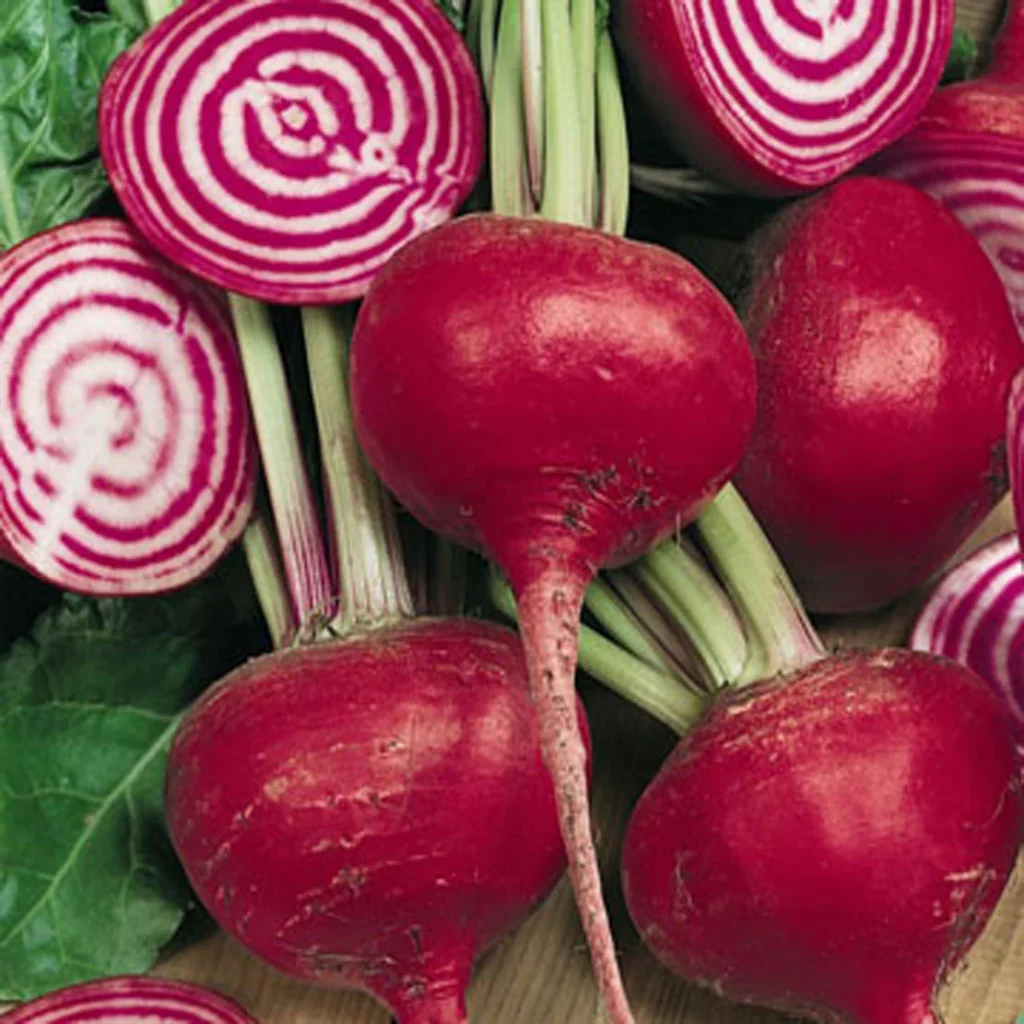
Chioggia is known for its concentric red and white circles; it is an heirloom variety.
2. Mini Ball
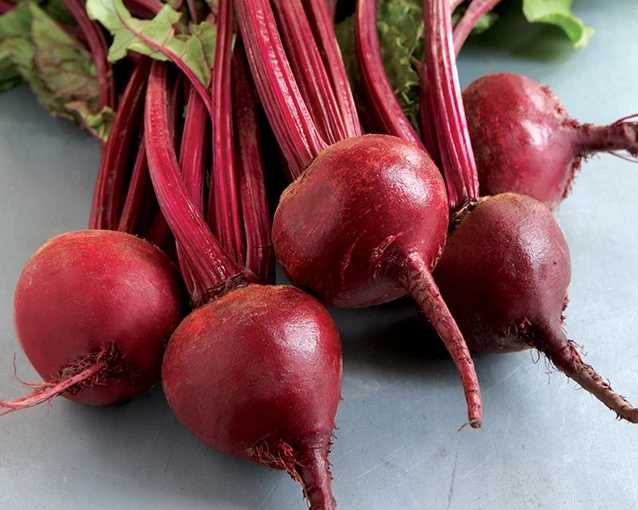
Mini Ball is perfect for growing in containers as it produces individual-sized beets.
3. Burpee Golden
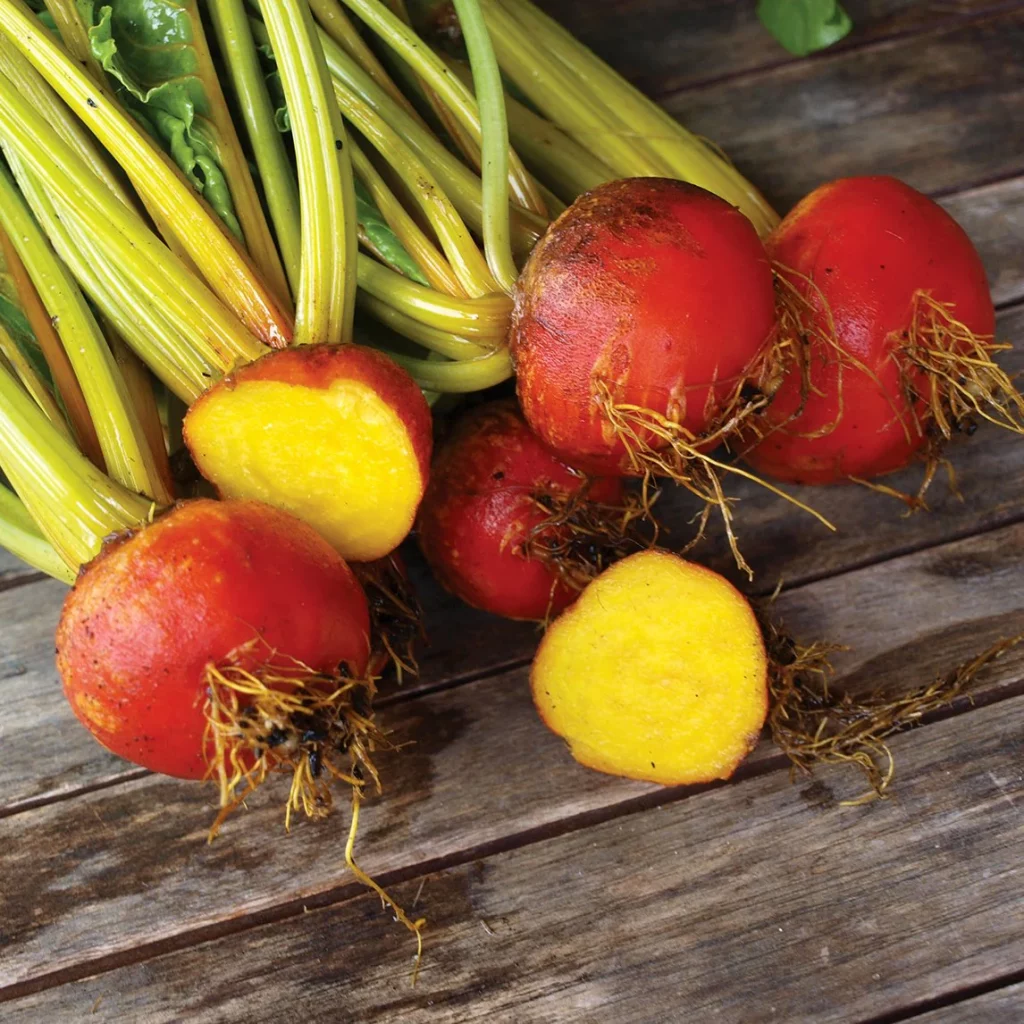
Burpee Golden is a beautiful yellow-orange colour variety. But while growing, it comes up with some temperamental issues.
4. Detroit Dark Red
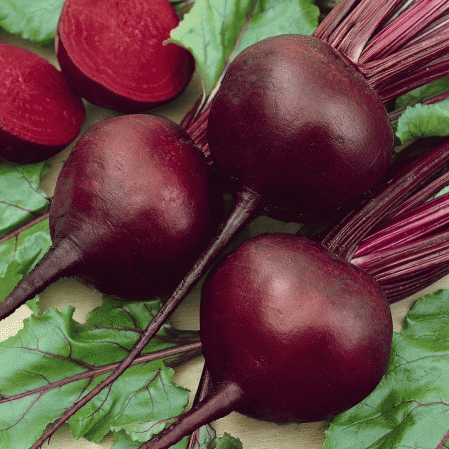
Detroit Dark Red is another variety of beetroot that is perfect for fresh eating and can be used in pickles.
Common Pests and Plant Diseases with Beetroots
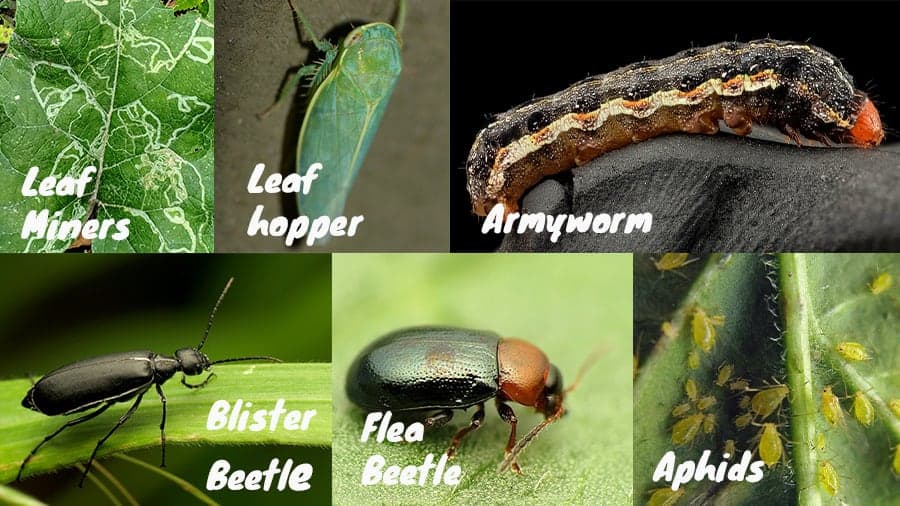
While growing beetroots, you might encounter many common pest and plant disease problems. So, to help you on the earlier note, a few issues are listed below.
- Viral Infections: A variety of viruses can result in twisted or distorted leaves, which are often transmitted through leafhopper insects. However, the best way to fight virus outbreaks is to plant resistant varieties and use pesticides to kill leafhoppers.
- Bacterial Infections: When a bacterial infection occurs, you can see discoloured spots on leaves, which gradually infect the roots. So make sure you take care of these issues on an earlier note. And if the plant is already affected, then remove it and rotate the crop to the next season for beneficial results.
- Fungal Infections: Similar to bacterial infection, you can visualize small brown or grey spots covering the leaves. If the fungal infection is in the initial stage, then applying fungicides can work. However, to prevent this, rotate the crop every two to three years.
- Insect Pests: These are quite common on leaves. You can spot the insect pests like leafhoppers, aphids, flea beetles, and many more if raged holes identify the leaves. However, to remove them, either use your hands or you can use pesticides too.
- Root Rot: Root rot usually occurs in a water deficiency. But in this case, garden weeds are the prime suspects. So to minimize the root rot issue, keep your garden weed-free and avoid overwatering the plant. But if any plant is already affected, remove them.
Summing It Up
All in all, growing beetroots in pots are quite easy if done with proper care and techniques. Its truly a special vegetable.
They are tasty and carry various nutritional elements like Fiber, Iron, folate, Vitamin C, and Potassium. You can add to any dish, from sweet baked dished to soups and salads.
If you want to grow beetroots in pots, this article has everything to help you start your gardening journey. So enjoy your increased harvest now!
Frequently Asked Questions
Are Beetroots Easy to Grow?
Yes, absolutely! Beetroots are easy to grow but plant the same in loose soil and mild temperature. For healthy yields, these two conditions are very important. So before planting, check out these things precisely.
Do Beetroots Come Back Every Year?
Despite their biennial status, beetroots are most commonly grown annually and harvested in the same season as they grow. So it is obvious one can get beetroots every year with abundant quantity if increasing on their own.
How Often Do I Need to Water the Beetroots?
The beetroots require consistently moist soil, but that doesn’t mean it should be soggy. So always check the earth twice a week and water it immediately when the top inch of the soil gets too dry. In this way, you can water the beetroots.
How Big of a Container Do I Need?
Generally speaking, you can use any container to grow them. But the ideal one is at least 8-12 inches deep and 12-18inches wide. This ensures the best growth of the beetroots.

